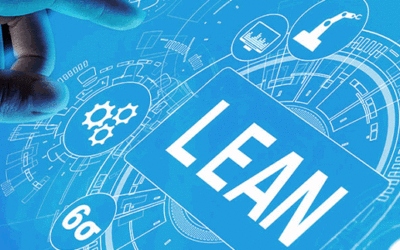Artificial Intelligence: A gamechanger for Enterprise Risk Management
Organisations are increasingly adopting Artificial Intelligence (AI) based solutions. Apart from considering the project risk that implementing these techniques introduce, enterprises would also need to consider the overall impact on their risk profile following the launch. As a result, many might have to change their risk oversight and mitigation approaches before effecting AI techniques.
AI and ERM – what do they mean?
The terms Artificial Intelligence (AI) and Enterprise Risk Management (ERM) are both used within different contexts and frameworks. However, standard definitions for either are as follows:
- Artificial Intelligence – an umbrella term given to new technologies like automation, natural language generators, voice and image recognition, and new types of data science models.
- Enterprise Risk Management – a holistic approach to managing qualitative and quantitative risk in a way that is appropriate to the organisation’s objectives.
AI and ERM – a comparison of models
A traditional style model will produce the same results when presented with the same data. However, an AI model can use new data to reassess the underlying relationships within data and modify the relationship between the target variable and potential explanatory variables. Based on the level of agency, the AI model can adjust assumptions and functions used. Thus, presenting the same data again may result in a different output.
Our SHEQX (Health, Safety, Environment and Quality) management solution aggregates SHEQ data in a single, auditable database and manages analysis and reporting effectively, ensuring effective compliance and a more robust approach to corporate sustainability.
AI and ERM – what is the purpose?
The purpose of ERM is to maximise risk-adjusted returns by considering all risks and their dependencies. It focuses on advantages and opportunities available, and risks. A way in which ERM achieves this goal is through the integration of models into decision-making processes. The purpose of AI-type models being incorporated supports the aforementioned goal – it seeks to make decision-making processes more efficient.
AI and ERM – meaningful collaboration
When ERM is considered a framework, it becomes easier to note that AI techniques (and technology overall) can assist in many underlying components. These techniques can identify new and hidden risks, measure risks more accurately, offer new ways of risk management, and provide a more holistic oversight of monitoring risk. In essence, the adoption of AI tools can increase the efficiency of an organisation’s risk management. It is also important to note that AI tools can affect an organisation’s risk profile, particularly regarding stakeholder, model, and business risk.
It is vital that organisations looking to gain a competitive advantage embrace AI-based solutions to propel business. AI can increase efficiencies in the delivery of current organisational services as well as create new opportunities, especially sprouting from the limitation of traditional models or data. It is critical for executive boards to ensure that risks that may arise due to the implementation of AI techniques are understood and adequately managed or accounted for.



